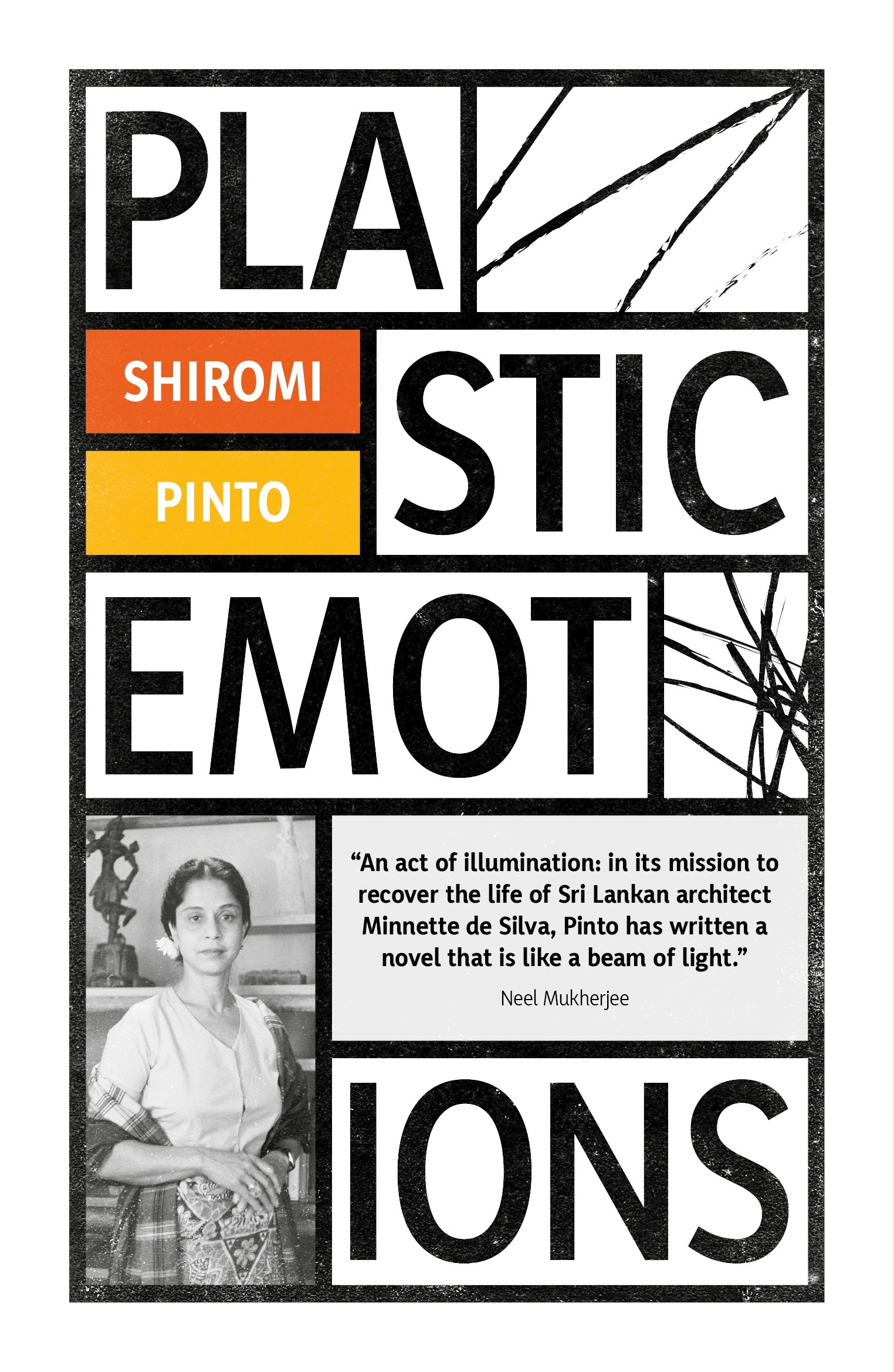
This article is a preview from the Winter 2019 edition of New Humanist
Plastic Emotions (Influx Press) by Shiromi Pinto
An author’s note at the end of Shiromi Pinto’s second novel, Plastic Emotions, declares: “This is a work of fiction.” Its protagonists, Sri Lankan modernist architect Minnette de Silva and her more famous French-Swiss counterpart Le Corbusier, were real. They met at a conference in Somerset in 1947 and corresponded thereafter, “but how they interacted, who they were friends with” and “what they wrote to each other” are all “fodder for the writer”. Authors of novels often use invention to pull out an underlying “truth” that the facts of a situation suggest but don’t quite reveal – in this case, the ways in which sexism, racism and imperialism aligned to ensure that de Silva, one of her country’s greatest architects, remains relatively obscure beyond south Asia, two decades after her death in 1998.
Pinto’s aim is to shed light on de Silva’s work and the turbulent political context in which it was created, depicting her life on the fringes of the International Style of architecture. Pinto invites the reader to make a game of uncovering anachronisms and disparities throughout the novel, bringing emotional realism to de Silva’s life in a way that would not have been possible in a biography. In her epistolary evocation of de Silva’s imagined affair with Le Corbusier, Pinto captures the pain of being miles apart from the person you love, especially when that person is in a more committed, long-term relationship. This narrative spans 17 years, from Ceylon’s independence from the United Kingdom in 1948 to Le Corbusier’s death in 1965. It covers the conflict between the Tamil community and the ruling Sinhalese.
The romantic and political sense of distance and dislocation is exacerbated by colonialist practices in architecture. Jawaharlal Nehru, the first Prime Minister of India after Partition, invites Le Corbusier to design a new metropolis at Chandigarh, completed in 1960. “Corbu” only visited the site occasionally. Most of the novel focuses on de Silva’s effort to build a new Sri Lanka whilst the deteriorating political situation makes it increasingly difficult for her to keep her family together, let alone maintain detached concentration on her work.
Plastic Emotions is most effective in its detailed descriptions of that work: how it gets designed and built; and how de Silva feels during each stage, especially about the sexism that leads critics and clients to label her “mad, irresponsible, even arrogant” even after they have commissioned her. De Silva’s frustration at constantly having to prove herself builds over the years, part of a narrative that peaks and troughs with romantic flickers and political explosions. The rhythms of creative life are most important, as she slowly, sadly realises that hers will never fall into line with Le Corbusier’s, as a chapter that comprises just two sentences makes brutally clear.
While Pinto is prepared to compromise factual details for narrative purposes, she does not obscure her point that for the greatest artists, no amount of success can live up to the pressures of their own egos, especially as they often spend their later years painfully aware that they are no longer the most dynamic practitioners in their fields.
Le Corbusier is a distant, intangible figure, with his regrets only coming to the fore in his final letters to de Silva. It is her life that matters here – she is grappling with similar questions to him, about the role that architecture can play in building a more harmonious society, and finding it to be extremely limited. Plastic Emotions intelligently hints at the specific disappointments that came with post-colonial nations collapsing into civil war. Above all, it makes the reader want to know more about de Silva’s life and considerable achievements.

